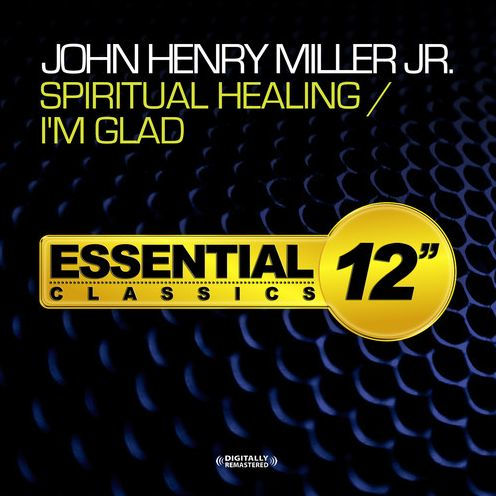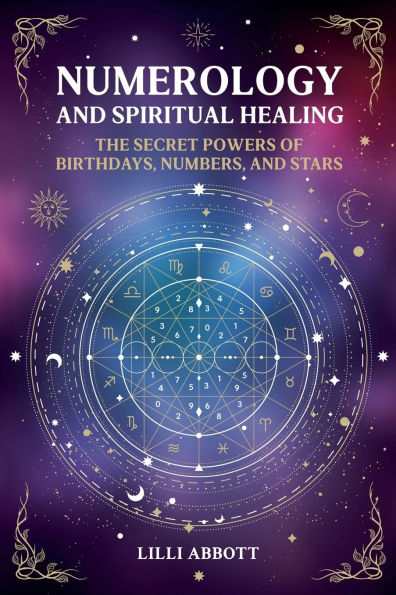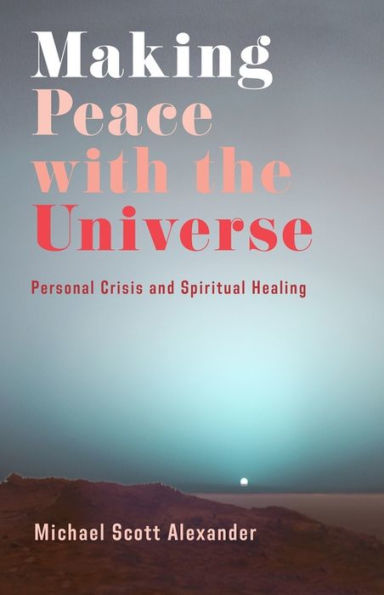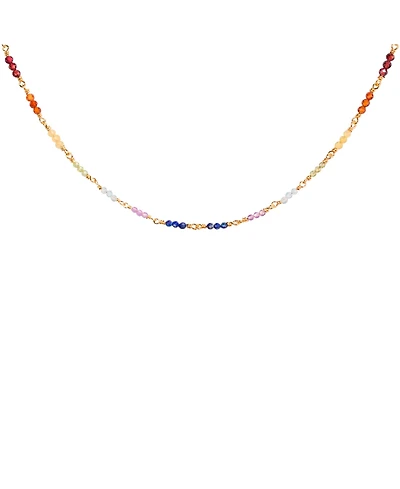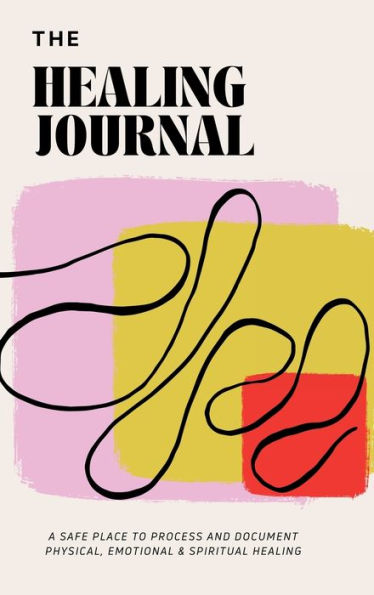Home
Spiritual Healing
Barnes and Noble
Loading Inventory...
Spiritual Healing in Bloomington, MN
Current price: $13.99

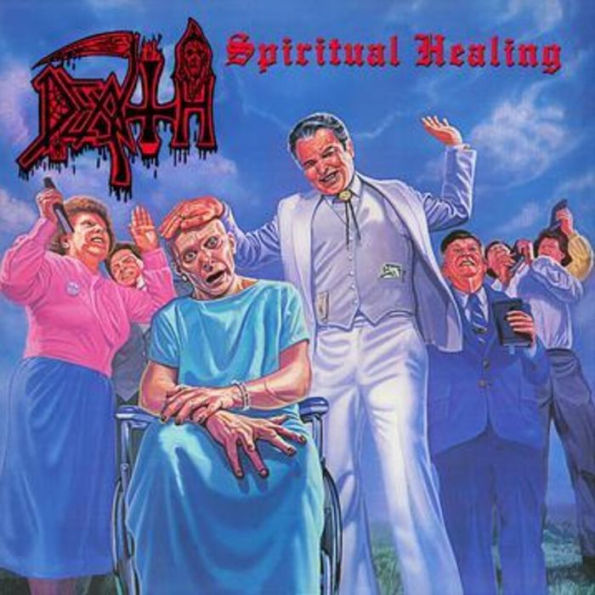
Spiritual Healing in Bloomington, MN
Current price: $13.99
Loading Inventory...
Size: CD
1990's
Spiritual Healing
wrapped up a trilogy of
Death
LPs delineating the birth of a genre and featuring the childishly provocative splatter-gore cover art of the ever-popular
Ed Repka
; artwork that, as the years wear on, has increasingly undermined the revolutionary musical accomplishments contained within all three of the legendary Floridian death metal band's first studio efforts. But, more importantly and accurately,
closed the second chapter of
's career (the first having consisted of an unusually protracted self-discovery demo period), thus setting the stage for leader
Chuck Schuldiner
's imminent creative peak. From a personnel perspective (always an intriguing subplot of any
album),
Schuldiner
had only recently parted ways with longtime accomplice
Rick Rozz
and replaced him with a far more refined and versatile shredder in Atlanta-based guitar prodigy
James Murphy
. After initially turning down the position,
Murphy
quickly realized his error and relocated to Orlando, where he joined
and the returning
Terry Butler
/
Bill Andrews
rhythm section in time to begin composing, rehearsing, and recording
at old, reliable Morrisound Studios with producer
Scott Burns
in the fall of 1989. Released in February of 1990 through
Combat Records
, the album was met with surprisingly mixed reviews. On the one hand stood the more conservative, extreme metal contingent that resented the album's sacrifice of sheer musical savagery in the name of cleaner production, improved musicianship, and evident songwriting refinements; and, on the other, the more forward-thinking listeners who embraced it for all of the very same reasons. Love them or loathe them, though, brand new
standards like "Altering the Future", "Low Life," and the masterful title track (which even contained a brief keyboard part performed by the band's manager) showcased consistently intriguing riff sequences and time changes to go with much more abundant melodic parts and solos traded between
and
. Much of remaining material was also rife with individual highlights, but, admittedly, some songs did suffer from lingering bouts of sophomoric lyrics and gratuitously violent concepts (see "Living Monstrosity," "Killing Spree"). It's also important to point out that there was still a thrash-derived tone to
's guitars -- not to mention thrash-based songwriting elements -- that would finally vanish when the group adopted the thicker sound and lower tunings now seen as the prototypical American death metal sound for their "great leap forward": 1991's seminal
Human
album. It's really only in comparison to this history-making achievement and
's subsequent masterpieces that
is justifiably diminished, because in every other sense, it's a hell of an album that reflects what was probably
's most crucial transition phase, to boot. ~ Eduardo Rivadavia
Spiritual Healing
wrapped up a trilogy of
Death
LPs delineating the birth of a genre and featuring the childishly provocative splatter-gore cover art of the ever-popular
Ed Repka
; artwork that, as the years wear on, has increasingly undermined the revolutionary musical accomplishments contained within all three of the legendary Floridian death metal band's first studio efforts. But, more importantly and accurately,
closed the second chapter of
's career (the first having consisted of an unusually protracted self-discovery demo period), thus setting the stage for leader
Chuck Schuldiner
's imminent creative peak. From a personnel perspective (always an intriguing subplot of any
album),
Schuldiner
had only recently parted ways with longtime accomplice
Rick Rozz
and replaced him with a far more refined and versatile shredder in Atlanta-based guitar prodigy
James Murphy
. After initially turning down the position,
Murphy
quickly realized his error and relocated to Orlando, where he joined
and the returning
Terry Butler
/
Bill Andrews
rhythm section in time to begin composing, rehearsing, and recording
at old, reliable Morrisound Studios with producer
Scott Burns
in the fall of 1989. Released in February of 1990 through
Combat Records
, the album was met with surprisingly mixed reviews. On the one hand stood the more conservative, extreme metal contingent that resented the album's sacrifice of sheer musical savagery in the name of cleaner production, improved musicianship, and evident songwriting refinements; and, on the other, the more forward-thinking listeners who embraced it for all of the very same reasons. Love them or loathe them, though, brand new
standards like "Altering the Future", "Low Life," and the masterful title track (which even contained a brief keyboard part performed by the band's manager) showcased consistently intriguing riff sequences and time changes to go with much more abundant melodic parts and solos traded between
and
. Much of remaining material was also rife with individual highlights, but, admittedly, some songs did suffer from lingering bouts of sophomoric lyrics and gratuitously violent concepts (see "Living Monstrosity," "Killing Spree"). It's also important to point out that there was still a thrash-derived tone to
's guitars -- not to mention thrash-based songwriting elements -- that would finally vanish when the group adopted the thicker sound and lower tunings now seen as the prototypical American death metal sound for their "great leap forward": 1991's seminal
Human
album. It's really only in comparison to this history-making achievement and
's subsequent masterpieces that
is justifiably diminished, because in every other sense, it's a hell of an album that reflects what was probably
's most crucial transition phase, to boot. ~ Eduardo Rivadavia
1990's
Spiritual Healing
wrapped up a trilogy of
Death
LPs delineating the birth of a genre and featuring the childishly provocative splatter-gore cover art of the ever-popular
Ed Repka
; artwork that, as the years wear on, has increasingly undermined the revolutionary musical accomplishments contained within all three of the legendary Floridian death metal band's first studio efforts. But, more importantly and accurately,
closed the second chapter of
's career (the first having consisted of an unusually protracted self-discovery demo period), thus setting the stage for leader
Chuck Schuldiner
's imminent creative peak. From a personnel perspective (always an intriguing subplot of any
album),
Schuldiner
had only recently parted ways with longtime accomplice
Rick Rozz
and replaced him with a far more refined and versatile shredder in Atlanta-based guitar prodigy
James Murphy
. After initially turning down the position,
Murphy
quickly realized his error and relocated to Orlando, where he joined
and the returning
Terry Butler
/
Bill Andrews
rhythm section in time to begin composing, rehearsing, and recording
at old, reliable Morrisound Studios with producer
Scott Burns
in the fall of 1989. Released in February of 1990 through
Combat Records
, the album was met with surprisingly mixed reviews. On the one hand stood the more conservative, extreme metal contingent that resented the album's sacrifice of sheer musical savagery in the name of cleaner production, improved musicianship, and evident songwriting refinements; and, on the other, the more forward-thinking listeners who embraced it for all of the very same reasons. Love them or loathe them, though, brand new
standards like "Altering the Future", "Low Life," and the masterful title track (which even contained a brief keyboard part performed by the band's manager) showcased consistently intriguing riff sequences and time changes to go with much more abundant melodic parts and solos traded between
and
. Much of remaining material was also rife with individual highlights, but, admittedly, some songs did suffer from lingering bouts of sophomoric lyrics and gratuitously violent concepts (see "Living Monstrosity," "Killing Spree"). It's also important to point out that there was still a thrash-derived tone to
's guitars -- not to mention thrash-based songwriting elements -- that would finally vanish when the group adopted the thicker sound and lower tunings now seen as the prototypical American death metal sound for their "great leap forward": 1991's seminal
Human
album. It's really only in comparison to this history-making achievement and
's subsequent masterpieces that
is justifiably diminished, because in every other sense, it's a hell of an album that reflects what was probably
's most crucial transition phase, to boot. ~ Eduardo Rivadavia
Spiritual Healing
wrapped up a trilogy of
Death
LPs delineating the birth of a genre and featuring the childishly provocative splatter-gore cover art of the ever-popular
Ed Repka
; artwork that, as the years wear on, has increasingly undermined the revolutionary musical accomplishments contained within all three of the legendary Floridian death metal band's first studio efforts. But, more importantly and accurately,
closed the second chapter of
's career (the first having consisted of an unusually protracted self-discovery demo period), thus setting the stage for leader
Chuck Schuldiner
's imminent creative peak. From a personnel perspective (always an intriguing subplot of any
album),
Schuldiner
had only recently parted ways with longtime accomplice
Rick Rozz
and replaced him with a far more refined and versatile shredder in Atlanta-based guitar prodigy
James Murphy
. After initially turning down the position,
Murphy
quickly realized his error and relocated to Orlando, where he joined
and the returning
Terry Butler
/
Bill Andrews
rhythm section in time to begin composing, rehearsing, and recording
at old, reliable Morrisound Studios with producer
Scott Burns
in the fall of 1989. Released in February of 1990 through
Combat Records
, the album was met with surprisingly mixed reviews. On the one hand stood the more conservative, extreme metal contingent that resented the album's sacrifice of sheer musical savagery in the name of cleaner production, improved musicianship, and evident songwriting refinements; and, on the other, the more forward-thinking listeners who embraced it for all of the very same reasons. Love them or loathe them, though, brand new
standards like "Altering the Future", "Low Life," and the masterful title track (which even contained a brief keyboard part performed by the band's manager) showcased consistently intriguing riff sequences and time changes to go with much more abundant melodic parts and solos traded between
and
. Much of remaining material was also rife with individual highlights, but, admittedly, some songs did suffer from lingering bouts of sophomoric lyrics and gratuitously violent concepts (see "Living Monstrosity," "Killing Spree"). It's also important to point out that there was still a thrash-derived tone to
's guitars -- not to mention thrash-based songwriting elements -- that would finally vanish when the group adopted the thicker sound and lower tunings now seen as the prototypical American death metal sound for their "great leap forward": 1991's seminal
Human
album. It's really only in comparison to this history-making achievement and
's subsequent masterpieces that
is justifiably diminished, because in every other sense, it's a hell of an album that reflects what was probably
's most crucial transition phase, to boot. ~ Eduardo Rivadavia
